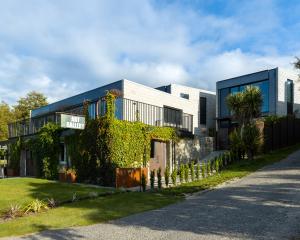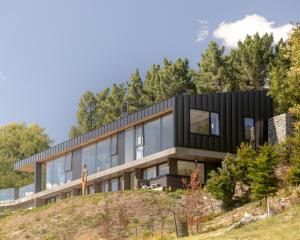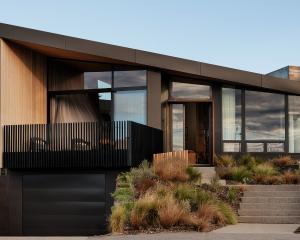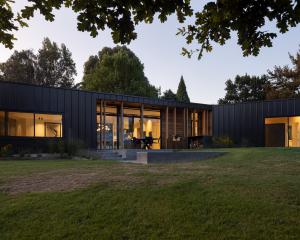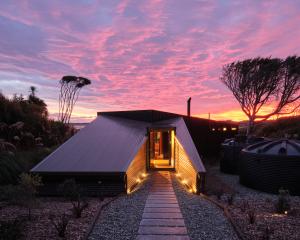
A significant piece of residential architecture in a majestic setting pays homage to the humble barn.
The most popular building in the world is a barn, says Francis Whitaker, director of Dunedin-based practice Mason & Wales. This simple agrarian form, with its four sides and pitched roof, doesn’t try to be anything other than what it has been built to achieve.
They often stand alone, solitary in the landscape but not opposing it. In Aotearoa New Zealand, they’ve become iconic, part of the built vernacular.
“They really do feel in touch with the physical, natural landscape,” says Whitaker. “They have an agrarian, early settler feature that creates an incredible connection with the landscape.”

The clients had their heart set on a holiday home in the style of a stone barn and “it was a very clear brief,” says Whitaker. “There was no desire for something else. They loved stone barns and rural landscapes. I’ll often say to clients that the design outcome will strongly reflect the response to the physical aspects of the site and the orientation to the outlook, sun and wind, as well as the culture and character of its location.”

Here, the lake and mountain views were in stubborn opposition to the sun. And then there was the wind to contend with – it rips at pace down the lake, and is felt even more keenly on the exposed ridge where this house sits. Strategic placement of the semi-independent barn forms provide shelter from the wind while maximising the views that make this region famous.

The design skilfully places the stone barns with a judicious element of separation and provides them with a contemporary counterbalance to their traditional form with a black steel and glass living pavilion that has been nicknamed ‘the Black Butterfly’ for its outward tilting roof. It’s an impressive space that draws all-day sun and no end of views of the Remarkables. Each barn is connected by glazed passages that link spaces and open up to the landscape.
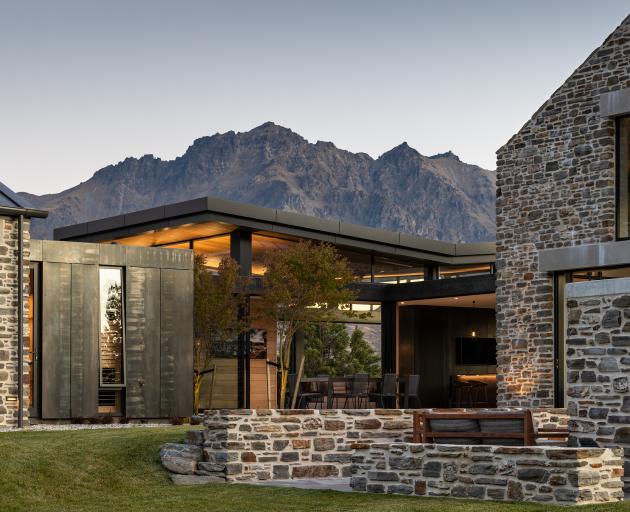
The result is a significant piece of architecture, with elegant interiors and thoughtfully chosen artworks that enhance rather than detract from the setting.
Since its completion in 2019, the six-bedroom home has garnered media coverage, a Southern Architecture Housing Award from Te Kāhui Whaihanga New Zealand Institute of Architects and is due to be filmed for the New Zealand version of the popular television show Best Homes, which is hosted by British Location, Location, Location legend Phil Spencer.

“We’re interested in buildings that have a sense of completeness, that are totally resolved,” says Whitaker. “The result should be gorgeous and enjoyable, resonate with the landscape and have its own identifiable rationale. If you can’t put a project on a postcard, you should probably shoot the architect.”
2023 Southern Architecture Awards Winner
PROJECT TEAM
Photography: Simon Devitt






